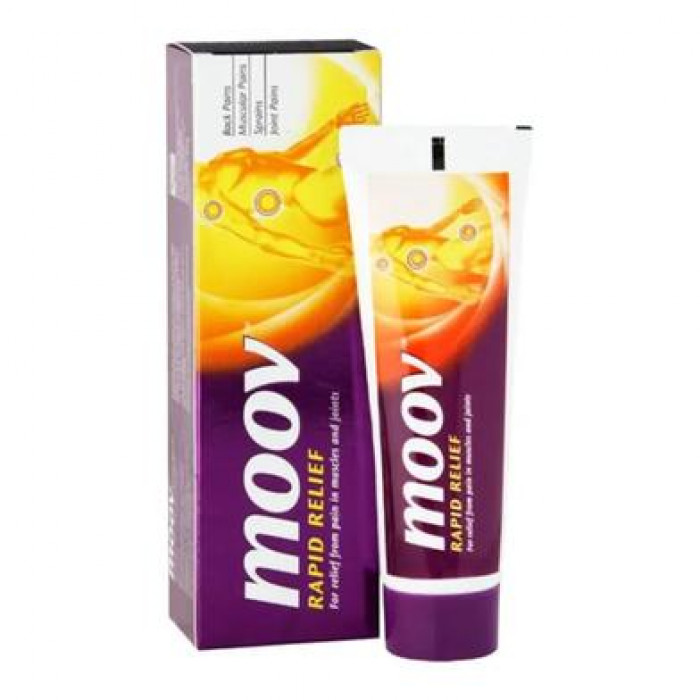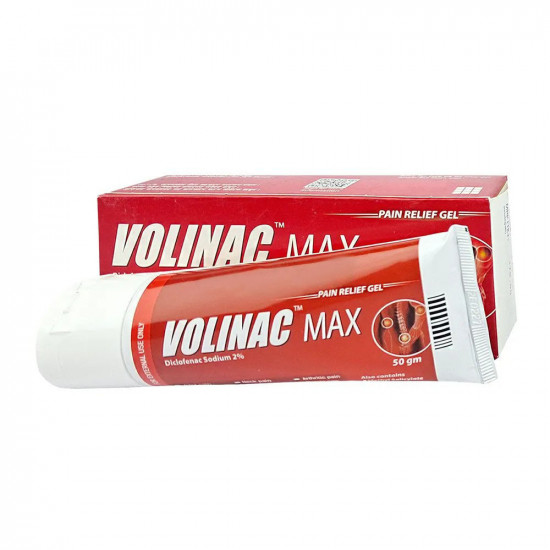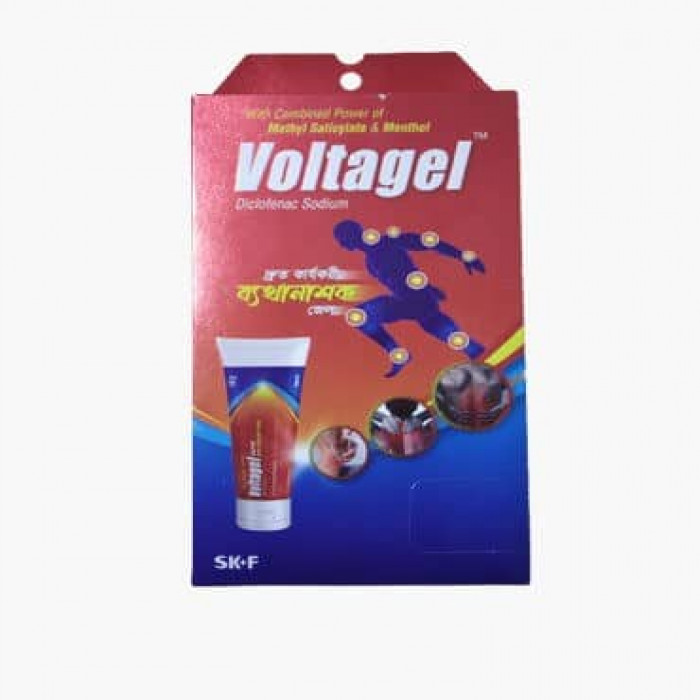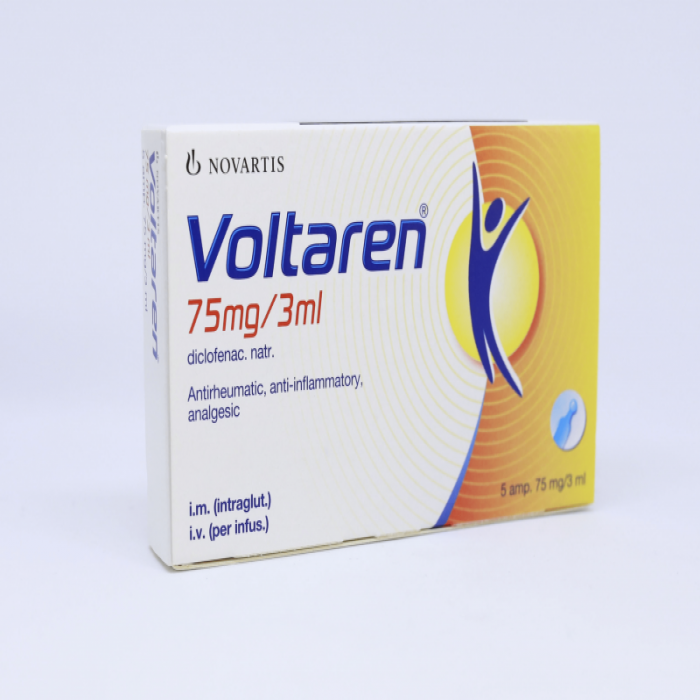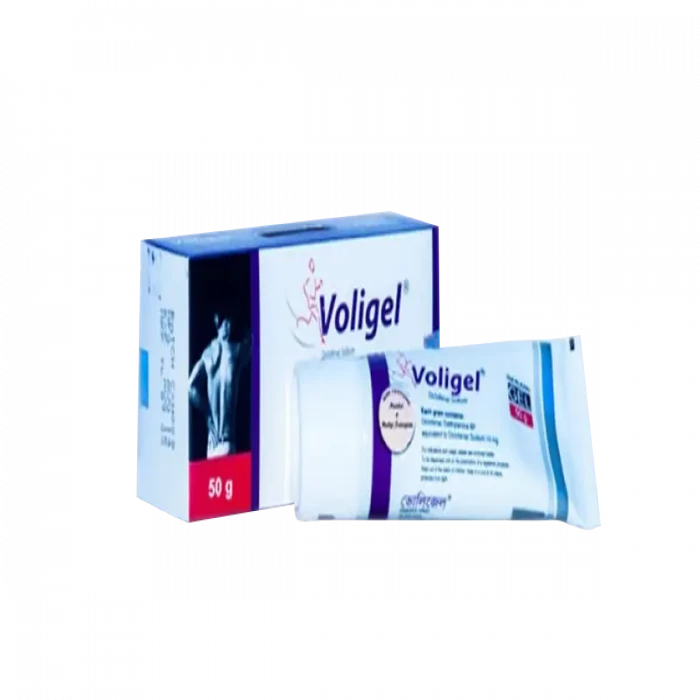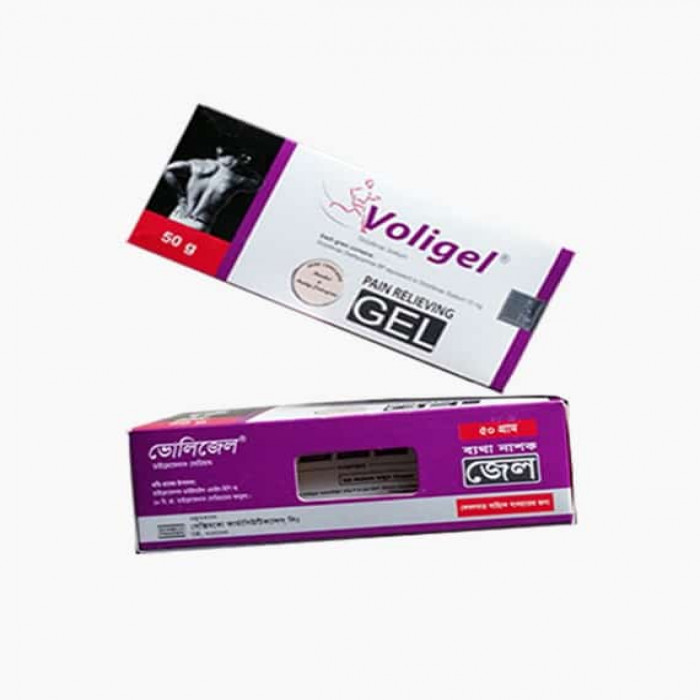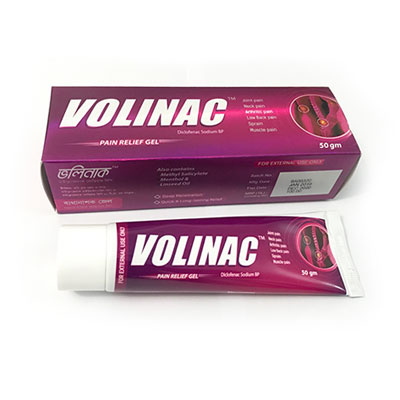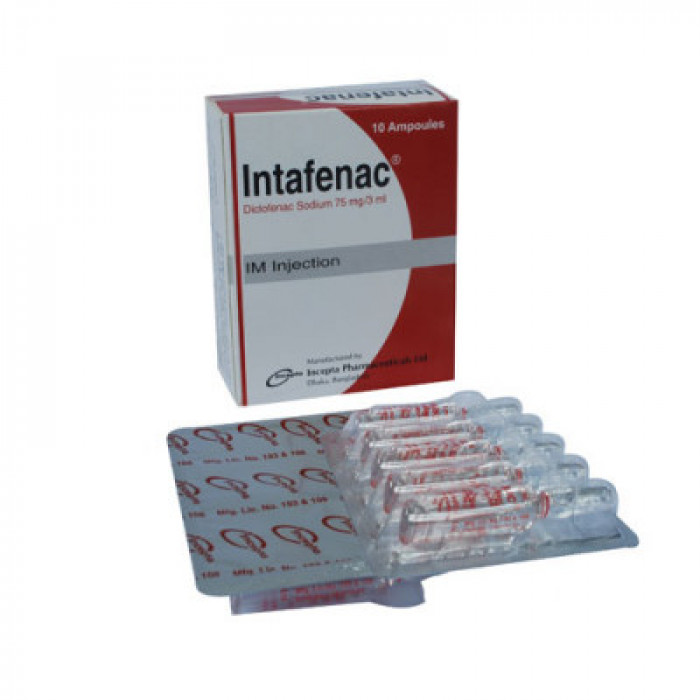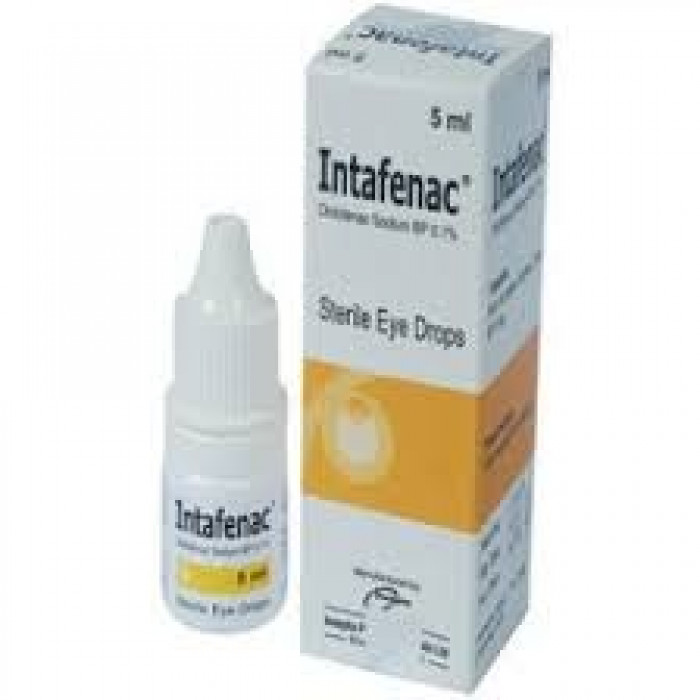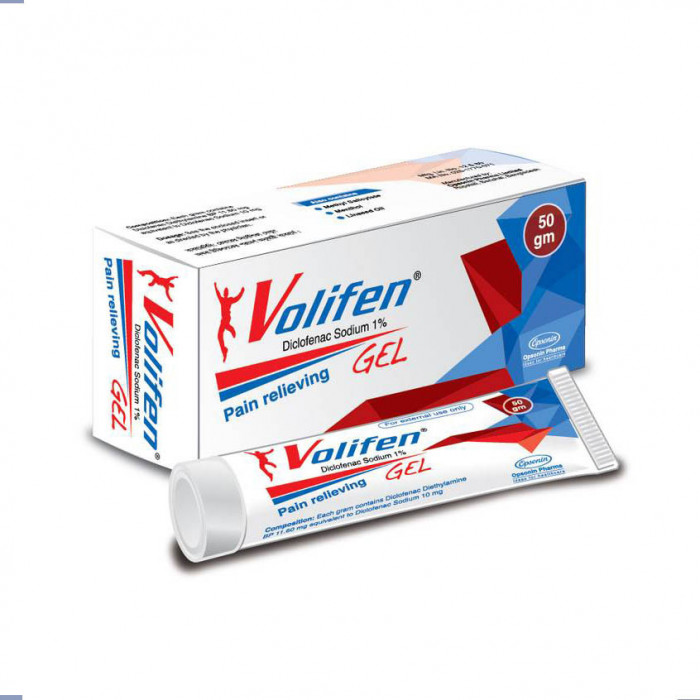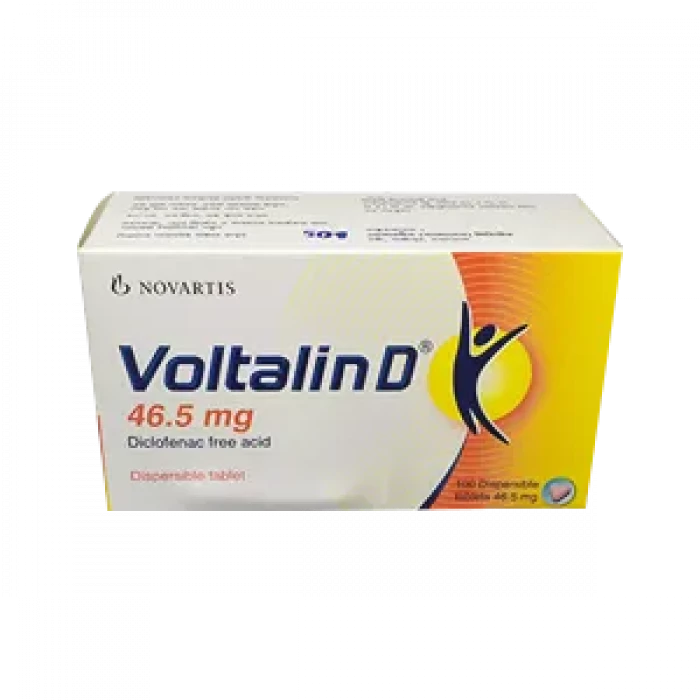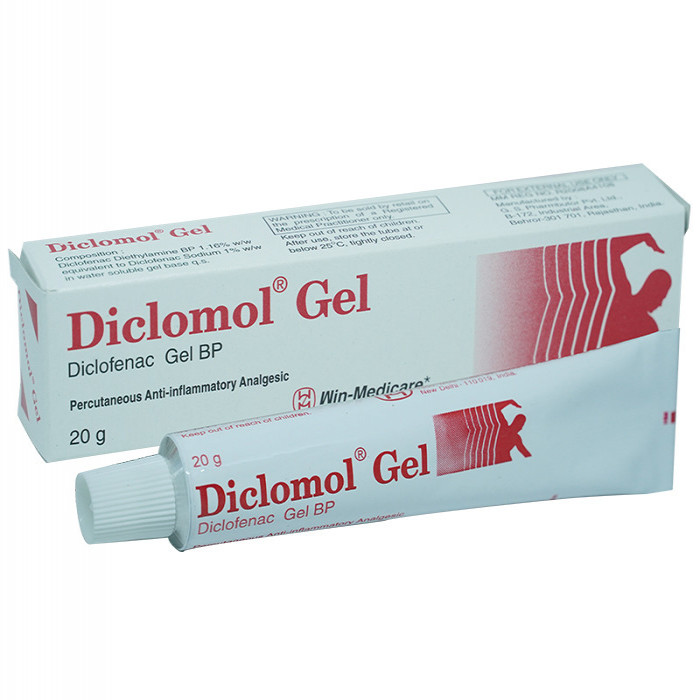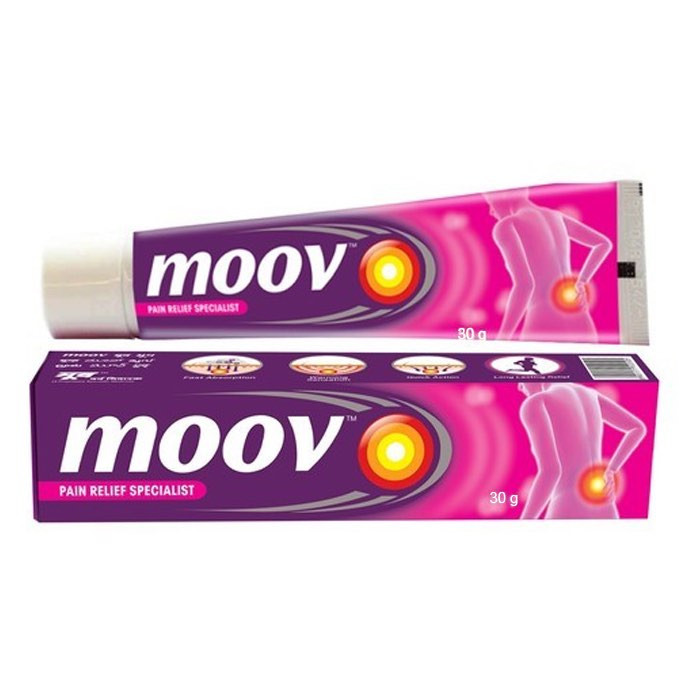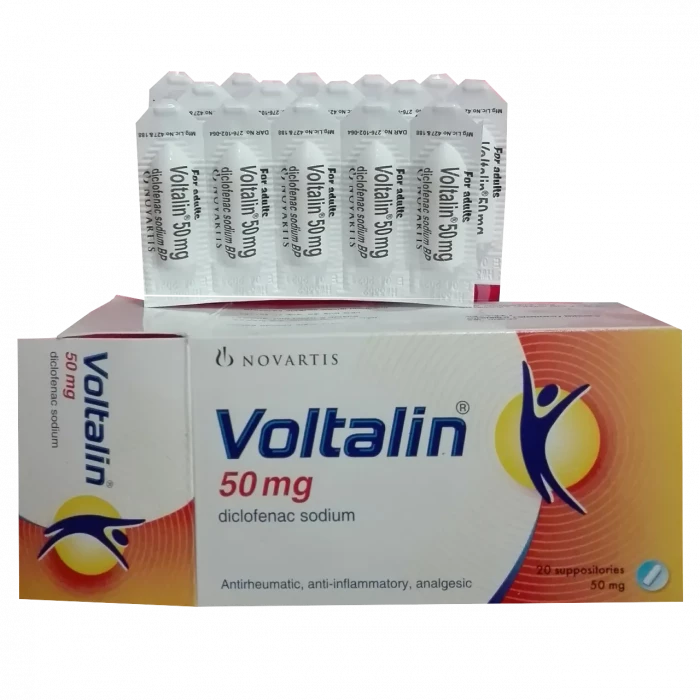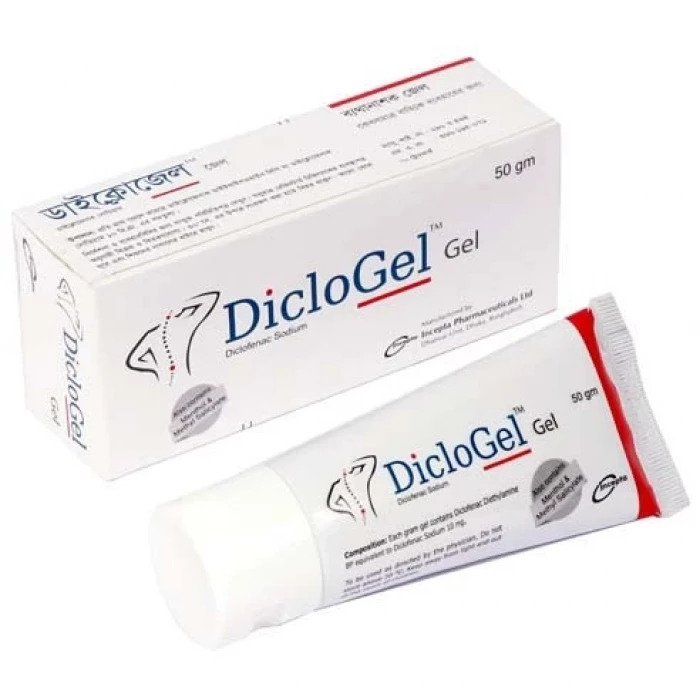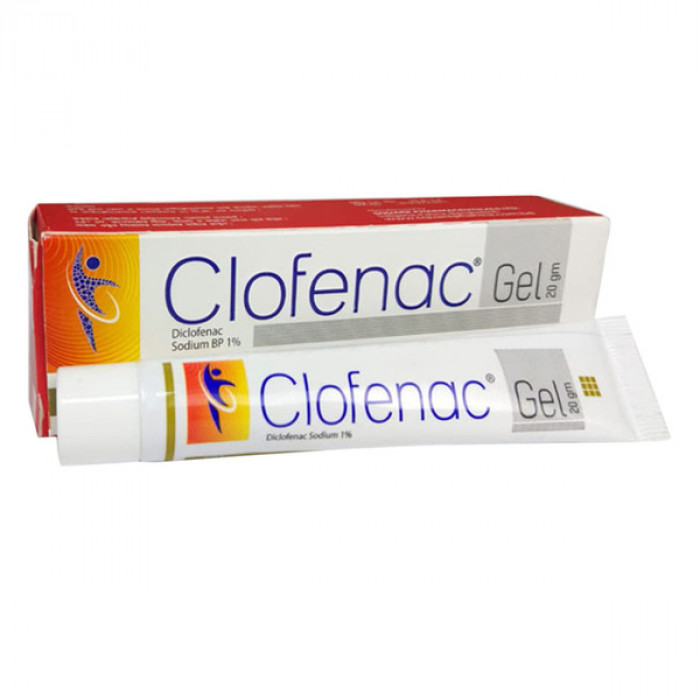
✔ 100% Authentic Product
👁️ Currently Viewing 3499
Clofenac / Diclofenac 1% Gel is a topical medication that is used for fast and long-lasting relief from pain. It is specifically designed to provide relief from various musculoskeletal conditions such as joint pain, backache, muscle stiffness, swelling, and inflammation.
The active ingredient in Clofenac 1% Gel is Diclofenac, which is a widely recognized and doctor-recommended ingredient for acute pain relief. Diclofenac belongs to the class of nonsteroidal anti-inflammatory drugs (NSAIDs) and works by reducing inflammation and blocking the production of certain chemicals in the body that cause pain.
Discount
Price: ৳ 38
MRP:
৳
40
6%
Off

100% Genuine Products, Guaranteed

Safe & Secure Payments, Always

Fast, Secure & Efficient Delivery

Proper Packaging
 Cash on Delivery - All over Bangladesh
Cash on Delivery - All over Bangladesh Regular Delivery - 12-24 Hours, Dhaka City* Charge Tk.39-59
Regular Delivery - 12-24 Hours, Dhaka City* Charge Tk.39-59 Regular Delivery - 24-48 Hours, Other Cities* Charge Tk.99-110
Regular Delivery - 24-48 Hours, Other Cities* Charge Tk.99-110
 ফ্রি ডেলিভারিঃ - ৯৯৯ টাকা+ অর্ডারে, ঢাকা
শহরে
ফ্রি ডেলিভারিঃ - ৯৯৯ টাকা+ অর্ডারে, ঢাকা
শহরে ফ্রি ডেলিভারিঃ - ২৯৯৯ টাকা+ অর্ডারে, ঢাকার
বাহিরে
ফ্রি ডেলিভারিঃ - ২৯৯৯ টাকা+ অর্ডারে, ঢাকার
বাহিরে
100% Genuine Products, Guaranteed
Safe & Secure Payments, Always
Fast, Secure & Efficient Delivery
Proper Packaging
 Cash on Delivery - All over Bangladesh
Cash on Delivery - All over Bangladesh Regular Delivery - 12-24 Hours, Dhaka City* Charge Tk.39-59
Regular Delivery - 12-24 Hours, Dhaka City* Charge Tk.39-59 Regular Delivery - 24-48 Hours, Other Cities* Charge Tk.99-110
Regular Delivery - 24-48 Hours, Other Cities* Charge Tk.99-110 ফ্রি ডেলিভারিঃ - ৯৯৯ টাকা+ অর্ডারে, ঢাকা
শহরে
ফ্রি ডেলিভারিঃ - ৯৯৯ টাকা+ অর্ডারে, ঢাকা
শহরে ফ্রি ডেলিভারিঃ - ২৯৯৯ টাকা+ অর্ডারে, ঢাকার
বাহিরে
ফ্রি ডেলিভারিঃ - ২৯৯৯ টাকা+ অর্ডারে, ঢাকার
বাহিরে
✅ Description:
Clofenac 1% Gel is a nonsteroidal anti-inflammatory drug (NSAID) that is commonly used for pain relief and reducing inflammation associated with various conditions, including osteoarthritis, rheumatoid arthritis, ankylosing spondylitis, lower back pain, and neck pain. It can also be prescribed for post-operative pain management.
The medication works by inhibiting the production of certain chemicals in the body that cause pain and swelling. However, it's important to note that every individual may respond differently to medications, and the effectiveness of Clofenac 1% Gel can vary from person to person.
While Clofenac 1% Gel can be beneficial, it may also have some side effects. Common side effects include nausea, headache, stomach pain, and diarrhea. If these side effects persist or worsen, it is advisable to consult your doctor. Additionally, if you have known allergies to diclofenac sodium or any other NSAIDs, it's crucial to inform your doctor to avoid any adverse reactions.
Some individuals may experience dizziness, drowsiness, or visual disturbances while taking Clofenac 1% Gel In such cases, it is recommended to exercise caution when driving or operating machinery that requires concentration. It is also advised to avoid consuming alcohol while taking this medication as it can intensify the drowsiness and increase the risk of stomach-related issues.
To ensure the safe use of Clofenac 1% Gel it is important to share your complete medical history with your doctor. This includes any pre-existing conditions such as heart disease, liver disease, kidney disease, or clotting disorders. Inform your doctor about any other medications you are currently taking, including over-the-counter drugs and supplements. If you are pregnant, planning a pregnancy, or breastfeeding, it is crucial to discuss this with your doctor, as they can evaluate the potential risks and benefits for your specific situation.
Safety Advices
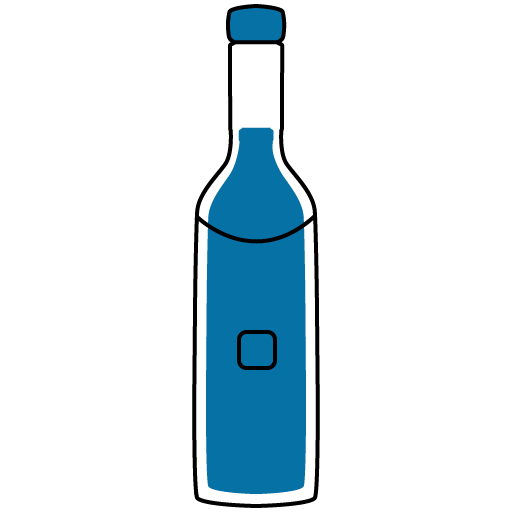
Alcohol
CAUTION
It is unsafe to consume alcohol with Clofenac 1% Gel.

Pregnancy
CONSULT YOUR DOCTOR
Clofenac 1% Gel is unsafe to use during pregnancy as there is definite evidence of risk to the developing baby. However, the doctor may rarely prescribe it in some life-threatening situations if the benefits are more than the potential risks. Please consult your doctor.

Breastfeeding
CONSULT YOUR DOCTOR
Clofenac 1% Gel should be used with caution during breastfeeding unless necessary. Discuss the risks and benefits with your doctor.

Driving
CAUTION
Clofenac 1% Gel may cause headaches, blurred vision, dizziness, or drowsiness in some patients. This may affect your ability to drive.

Kidney
Clofenac 1% Gel is not recommended in patients with severe kidney failure or any active kidney diseases. Discuss the risks and benefits with your doctor.

Liver
Clofenac 1% Gel is not recommended in patients with liver failure or any other active liver diseases. Discuss the risks and benefits with your doctor.
✔️ Uses of Clofenac 1% Gel
Diclofenac is helpful in treating the below problems:
- Rheumatoid Arthritis
- Osteoarthritis
- Ankylosing Spondylitis
- Dysmenorrhea
- Mild To Moderate Pain
- Migraine
- Bursitis
- Tendinitis
- Muscular Pain
✔️ How does Clofenac 1% Gel work?
Clofenac 1% Gelbelongs to a group of medicines called nonsteroidal anti-inflammatory drugs (NSAIDs). It is used for short-term relief of pain, inflammation, and swelling in conditions that affect joints and muscles. It works by blocking chemical messengers in the brain that tell us we have pain. It can help relieve pain in conditions like rheumatoid arthritis and osteoarthritis.
✔️ Side Effects of Clofenac 1% Gel
Most people tolerate Diclofenac Sodium well. Mild, infrequent, and transient side effects are quite common. During the first few days of treatment, patients may experience epigastric pain, eructation, nausea, and diarrhea, as well as dizziness or headache. These side effects are usually minor. Peripheral edema and skin reactions such as rash and dermatitis have also been reported. On the affected area, Diclofenac Sodium Gel can cause skin irritation, reddening, and a rash.
✔️ Quick Suggestions:
- You have been prescribed Diclofenac to relieve pain and inflammation.
- Take it with food or milk to prevent upset stomach.
- Take it as per the dose and duration prescribed by your doctor. Long term use may lead to serious complications such as stomach bleeding and kidney problems.
- It may cause dizziness, drowsiness or visual disturbances. Use caution while driving or doing anything that requires concentration.
- Avoid consuming alcohol while taking Diclofenac as it can cause excessive drowsiness and increase your risk of stomach problems.
- Inform your doctor if you have a history of heart disease or stroke.
- Your doctor may regularly monitor your kidney function, liver function and levels of blood components, if you are taking this medicine for long-term treatment.
✔️ Indication
- Rheumatology includes inflammatory and degenerative conditions such as chronic involutive rheumatism, polyarthritis, ankylosing spondylarthritis, osteoarthritis, spondylarthritis, acute gout, and peri-articular rheumatic diseases.
- Sprains, bruises, dislocations, fractures, soft tissue injuries, and surgical interventions are all treated in surgery and traumatology.
- Obstetrics and Gynecology: Primary dysmenorrhea, episiotomy, adnexitis, endometritis, parametritis, salpingitis, and mastitis.
- Pre-operative medication for the prevention of pain, inflammation, and swelling in otorhinolaryngology.
- Post-operative and post-traumatic pain, inflammation, and swelling in dentistry.
- Other indications include the prevention of pain and the treatment of inflammation and swelling in patients undergoing urogenital tract, renal, and biliary colic surgery.
✔️ Pharmacology
Diclofenac Sodium is a nonsteroidal anti-inflammatory medication that is anti-rheumatic, anti-inflammatory, analgesic, and antipyretic (NSAID). It has uricosuric properties as well. Diclofenac works by inhibiting prostaglandin production, which is a major contributor to inflammation, discomfort, and fever. Diclofenac is rapidly and thoroughly absorbed from the gastrointestinal tract when taken with or after a meal. Peak plasma concentrations have obtained an average of 2 hours after consumption. At therapeutic doses, it binds to plasma proteins 99.7% of the time. Diclofenac is metabolized by the liver in a first-pass process.
✔️ Dosage & Administration of Clofenac 1% Gel
- Only for external use.
- 2-4gm of Diclofenac gel should be applied to the skin 3-4 times daily, depending on the size of the area to be treated.
- The gel should be lightly rubbed into the affected area.
- Use on clean, dry skin. Avoid showering/bathing for at least 30 minutes after the gel/solution has dried.
- This gel may also be used in conjunction with other dosage forms of Diclofenac.
- After use, wash your hands. Avoid wearing clothing on your knees until the gel/solution has dried.
✔️ Interaction
- Aspirin or ibuprofen: These medications are also used for pain and inflammation. Combining them with diclofenac gel may increase the risk of side effects.
- Warfarin, heparin: These medications are used to treat blood clotting disorders. Diclofenac gel may interact with these drugs and affect their effectiveness.
- Medicines to treat diabetes: Diclofenac gel may potentially impact blood sugar levels and require adjustments to your diabetes medications.
- Diuretics: These medications, also known as water pills, are used to treat conditions like high blood pressure or edema. Diclofenac gel may reduce the effectiveness of diuretics.
- Lithium, serotonin reuptake inhibitors: These medications are commonly used to treat anxiety and depression. Diclofenac gel may interact with them and affect their levels in the body.
- Phenytoin: Phenytoin is an anti-seizure medication. Diclofenac gel may interact with phenytoin and alter its effects.
- Digoxin: Digoxin is used to treat heart problems. Diclofenac gel may affect the levels of digoxin in the body.
- Methotrexate, ciclosporin, pemetrexed, and tacrolimus: These medications are used to treat inflammation and various types of cancers. Diclofenac gel may interact with these drugs and increase the risk of side effects.
- Quinolone antibiotics: Certain antibiotics may interact with diclofenac gel. It's important to inform your doctor if you are taking any antibiotics.
- Steroids: Steroids, used to treat immune system disorders, may interact with diclofenac gel and increase the risk of side effects.
- Colestipol and cholestyramine: These medications are used to reduce cholesterol levels and treat liver problems. Diclofenac gel may affect their absorption and effectiveness.
- Sulfinpyrazone: Sulfinpyrazone is used to treat gout. Diclofenac gel may interact with this medication.
- Voriconazole: Voriconazole is an antifungal medication. Diclofenac gel may interact with voriconazole and affect its levels in the body.
- Deferasirox: Deferasirox is used for long-term blood transfusions. Diclofenac gel may interact with this medication.
- Mifepristone: Mifepristone is used during the termination of pregnancy. Diclofenac gel may interact with this medication.
- Zidovudine: Zidovudine is used for the treatment of HIV infection. Diclofenac gel may interact with zidovudine and affect its levels in the body.
✔️ Contraindications
Patients who are allergic to any of the ingredients should avoid using them. Peptic ulcer, Diclofenac hypersensitivity, and other non-steroid anti-inflammatory agents. Diclofenac is also contraindicated in asthmatic patients who have had an attack of asthma, urticaria, or acute rhinitis caused by acetylsalicylic acid or other prostaglandin synthetase inhibitors. This Gel should not be used with occlusive airtight dressings.
✔️ Pregnancy & Lactation
Diclofenac should only be used if absolutely necessary during pregnancy. The smallest dose that is effective should be utilized. These medications are not advised to be taken during the first trimester of pregnancy. Diclofenac Sodium Gel is not suggested during pregnancy due to a lack of clinical evidence. Although a trace amount of Diclofenac may be discovered in breast milk, no adverse effects on the newborn are expected.
✔️ Precautions & Warnings
In rare cases, patients using Diclofenac may develop peptic ulcers or experience gastrointestinal bleeding. Patients in their advanced years should be closely monitored. Diclofenac Sodium Gel should not be applied to the eyes or mucous membranes, and the hands should be thoroughly cleansed after application. It should not be consumed by mouth.
✔️ Storage Conditions
Store in a cool and dry place, protected from light. Store below 30°C. Keep out of the reach of children.
⚠️Disclaimer:
At ePharma, we’re committed to providing accurate and accessible health information. However, all content is intended for informational purposes only and should not replace medical advice from a qualified physician. Please consult your healthcare provider for personalized guidance. We aim to support, not substitute, the doctor-patient relationship.




